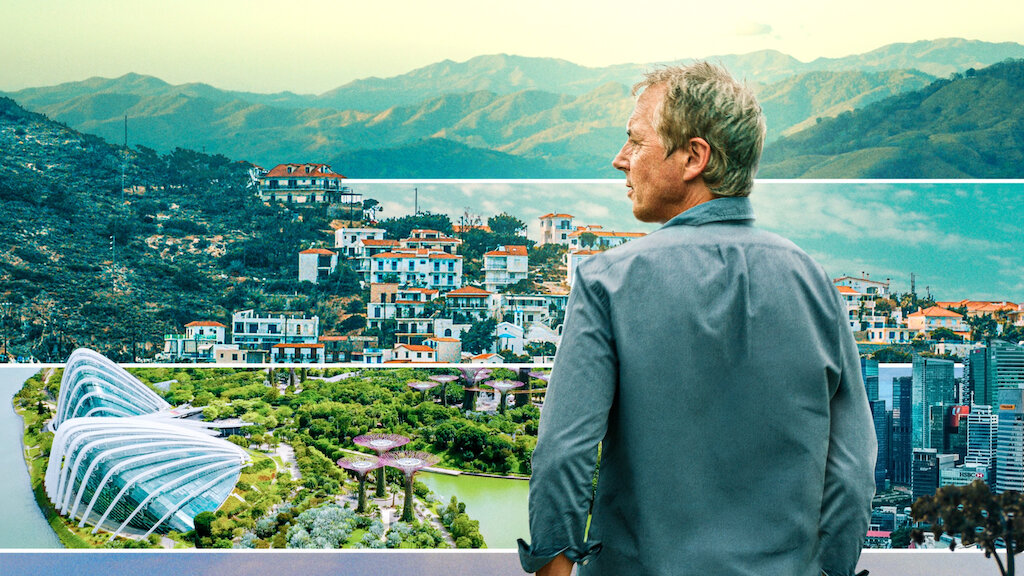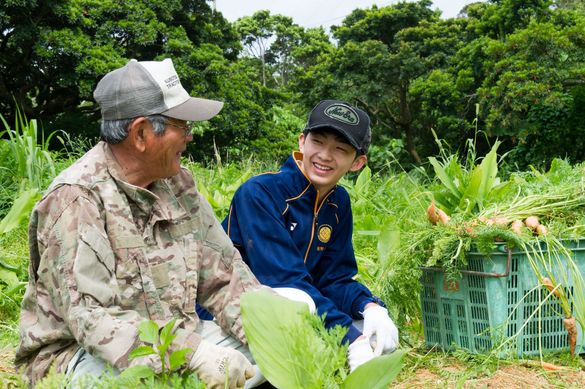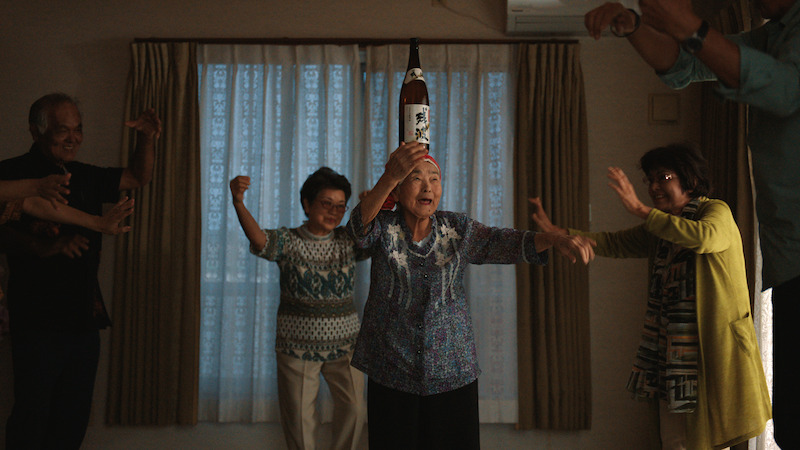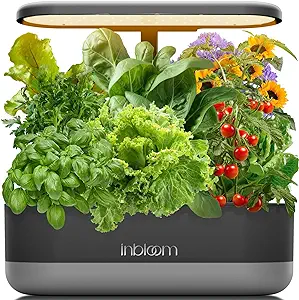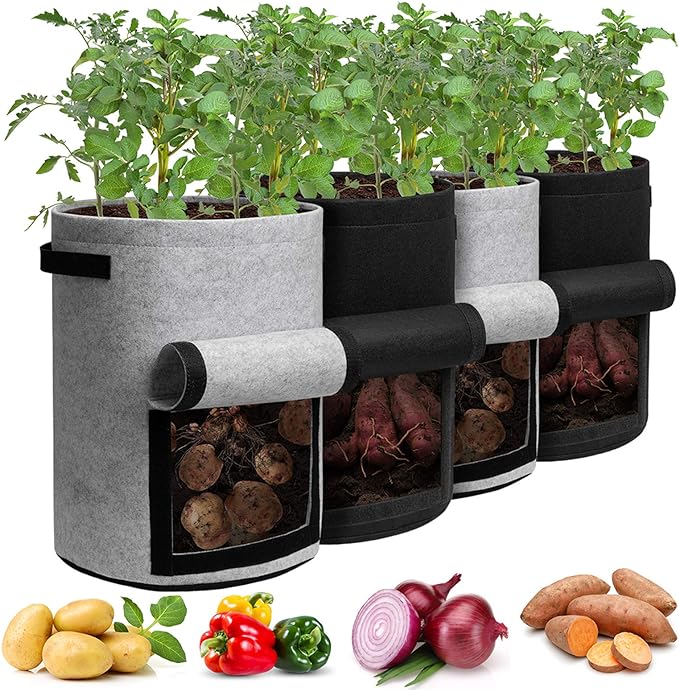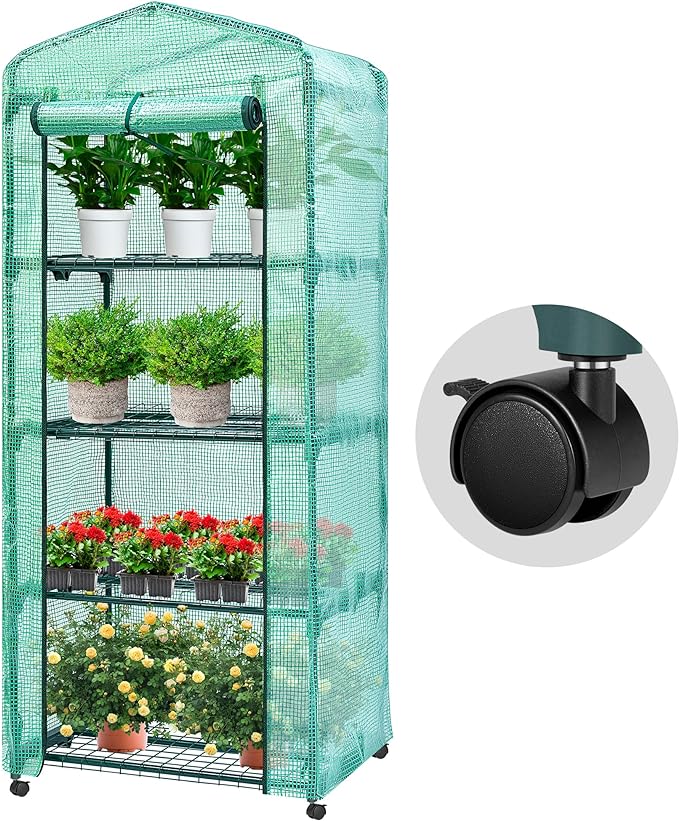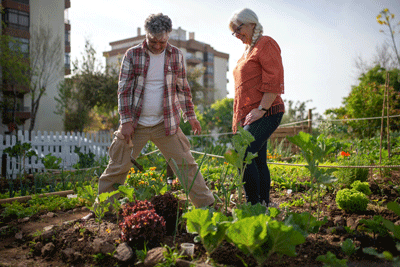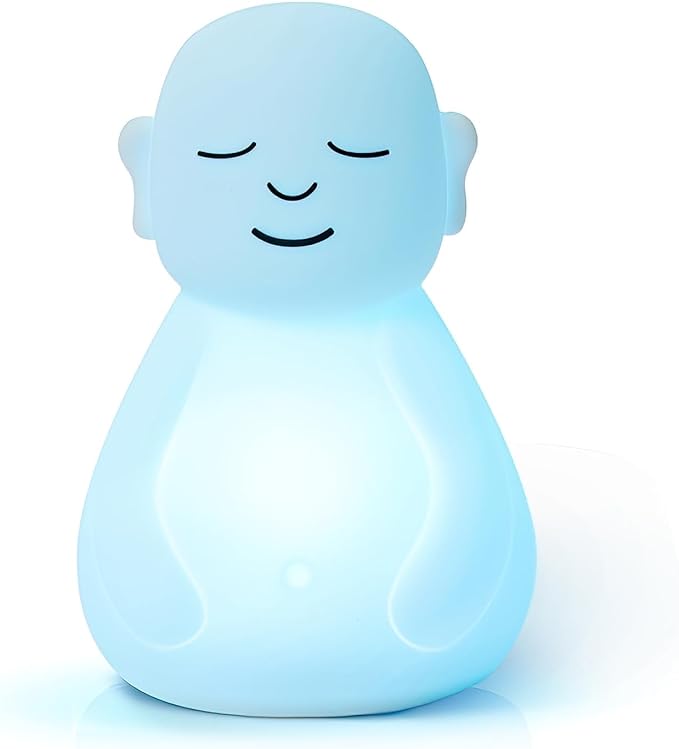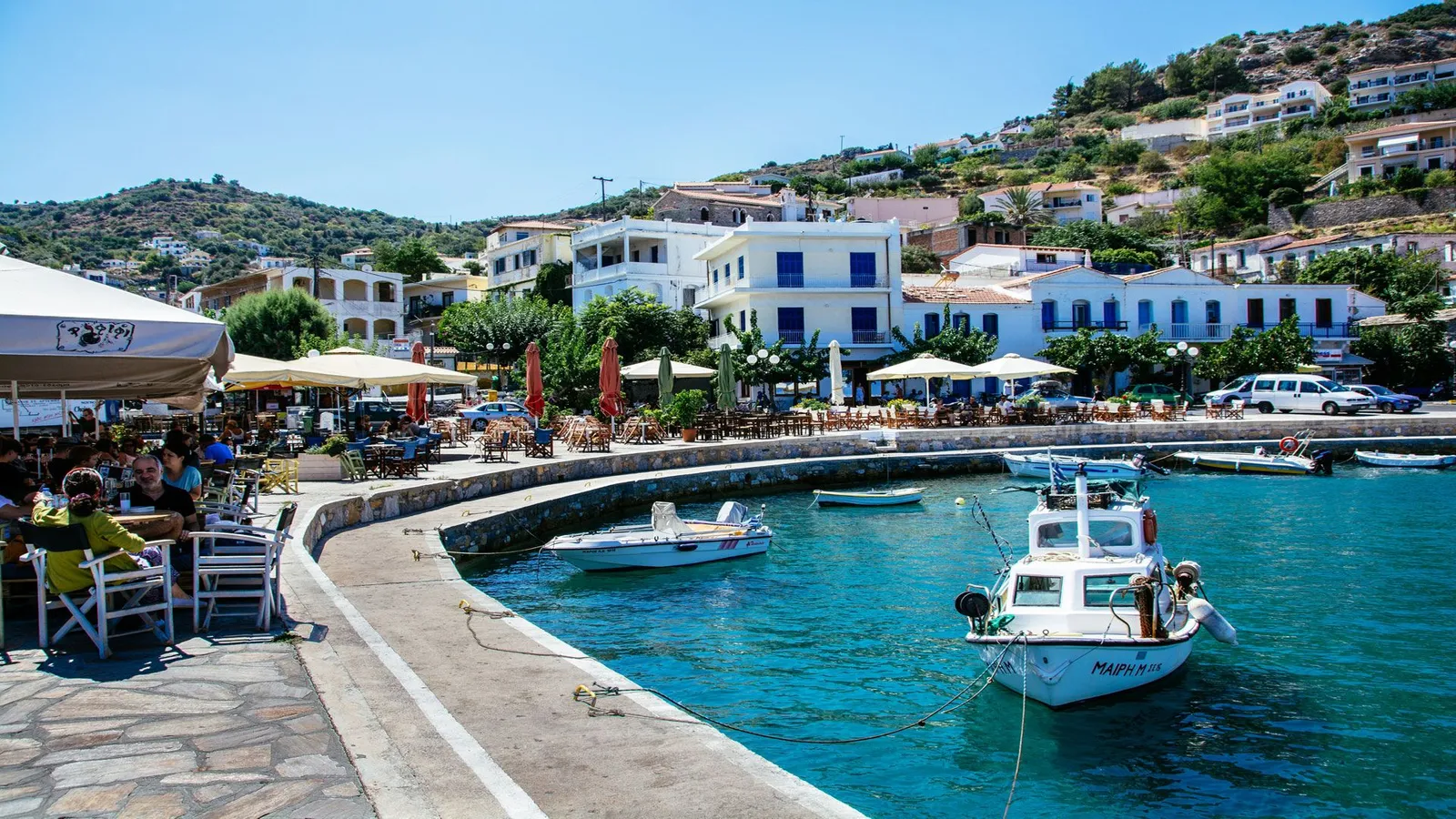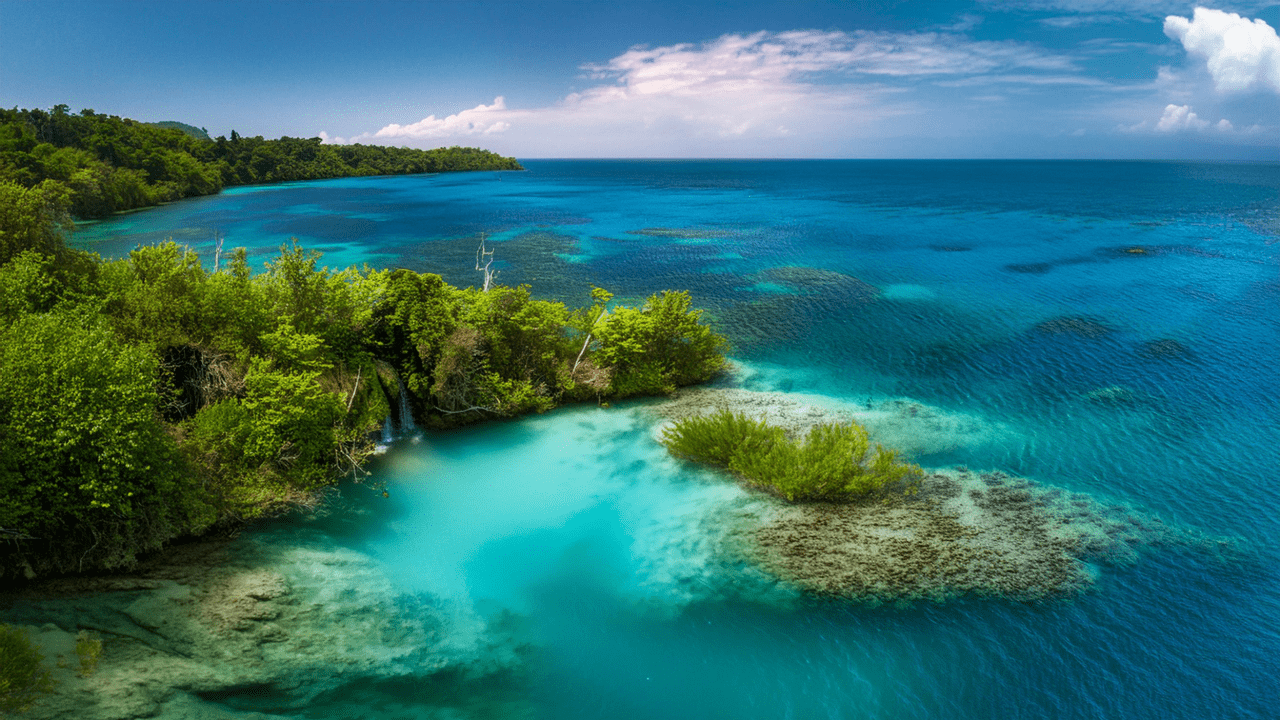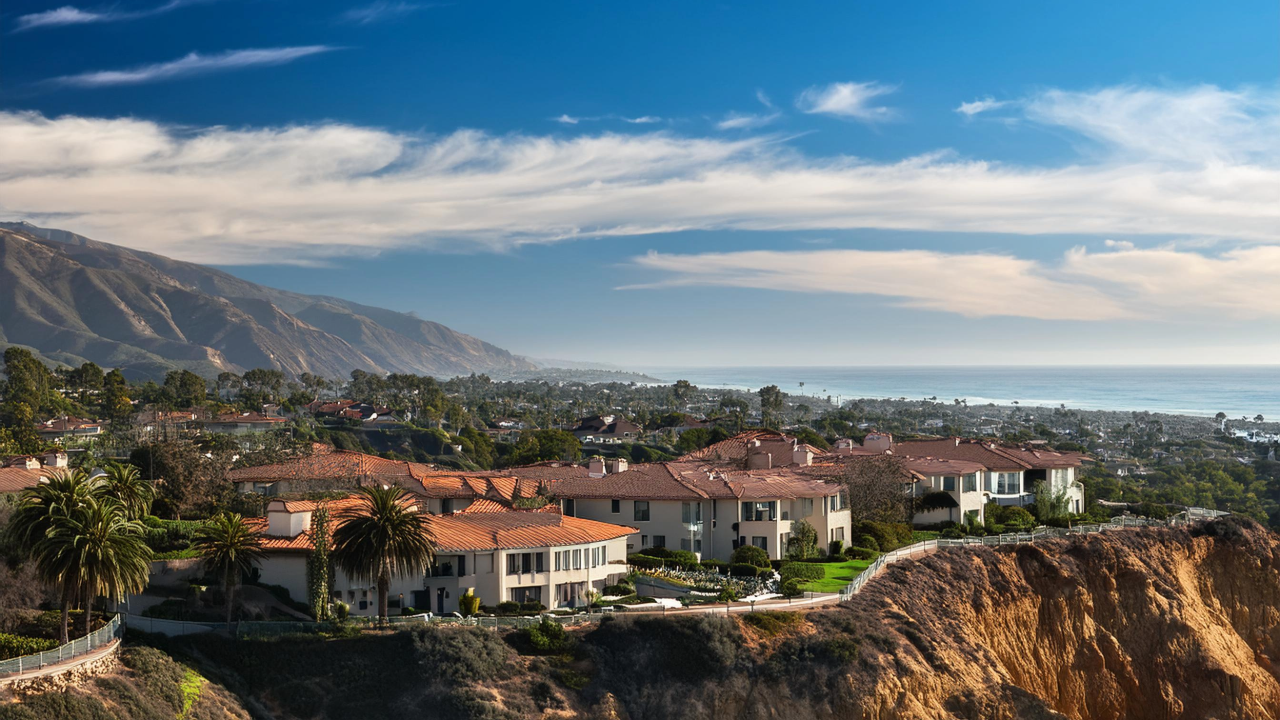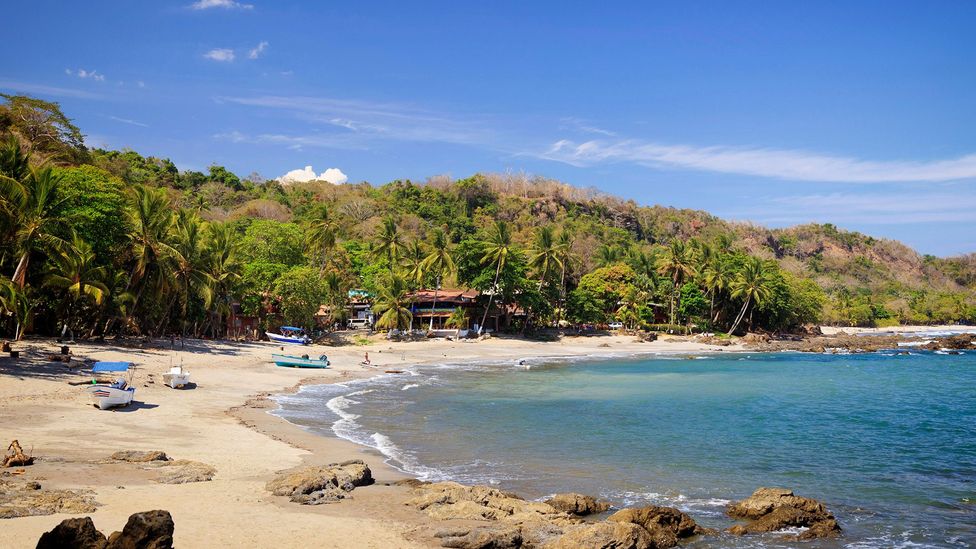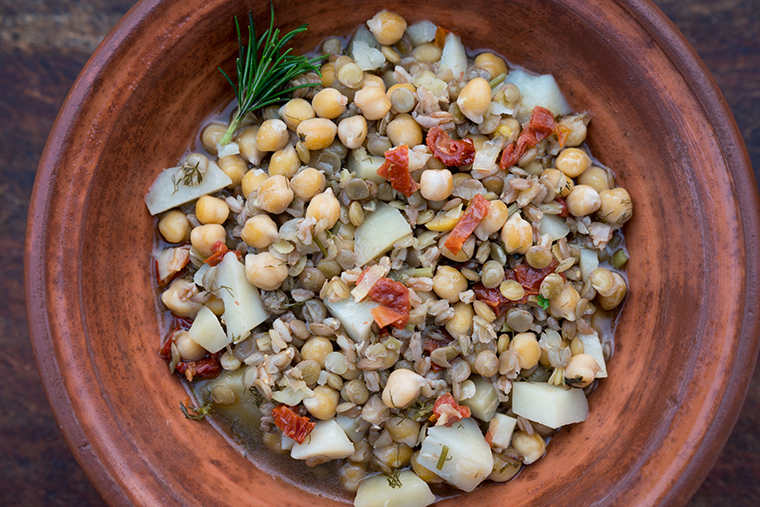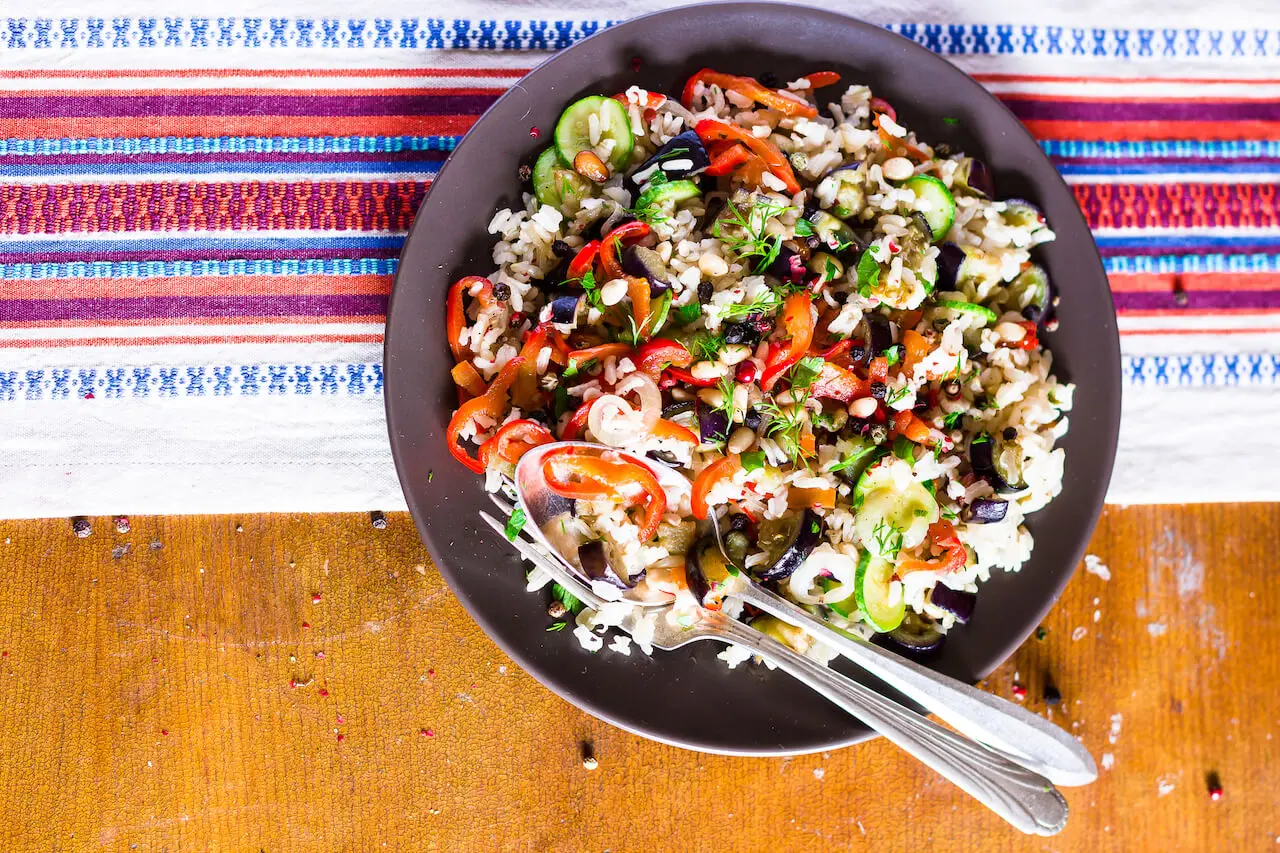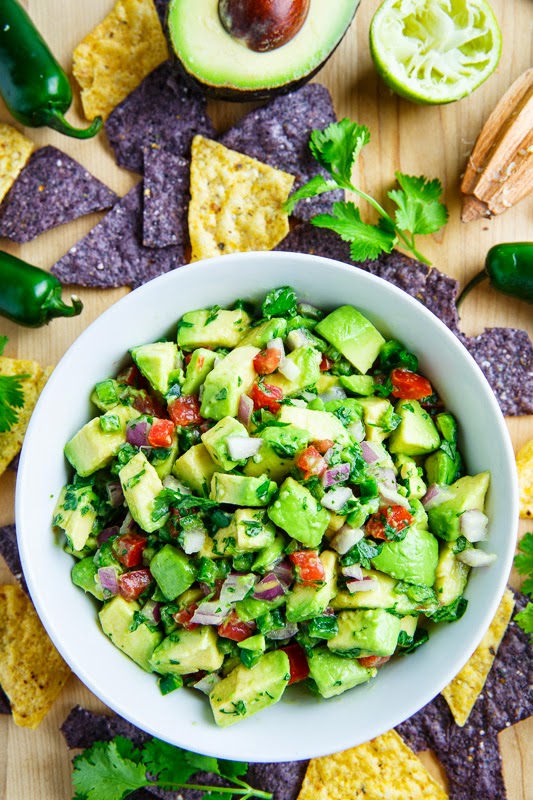Netflix Blue Zones Documentary
Live to 100: Secrets of the Blue Zones
Blue Zone is a documentary available on Netflix follows Dan Buettner a National Geographic Fellow as he explores the world's healthiest and longest-living communities known as Blue Zones. The documentary takes the viewers to different Blue Zones Location across the globe, such as Okinawa - Japan, Sardinia - Italy, Nicoya Peninsula - Costa Rica, Ikaria - Greece, and Loma Linda - California.

It showcases individuals living in these blue zones and highlights their lifestyle practices, cultural factors, and habits that contribute to their exceptional longevity and health. The documentary includes interviews with experts in the fields of health, nutrition, anthropology, and gerontology, offering scientific research and insights into living longer and achieving longevity and health. It offers a wide range of practical takeaway messages for viewers seeking to learn and implement healthier lifestyle practices in their daily lives.
Formula for Longevity
Here is a list of some common habits and practices observed in Blue Zones for longevity and health:
1. Plant-based Diet: People in blue zones tend to consume primarily plant-based diets, rich in fruits, vegetables, whole grains, legumes, and nuts.
2. Caloric Intake: Blue zone inhabitants practice mindful eating and avoid overeating or consuming excessive calories.
3. Physical Activity: Engaging in regular physical activity is a common habit in blue zones, and individuals incorporate movement into their daily routines through activities like walking, gardening, and traditional tasks.
4. Strong Social Connections: Blue zone communities place a strong emphasis on social connections and maintain close-knit relationships with family, friends, and neighbors. This social support system contributes to overall well-being and longevity.
5. Stress Reduction: Blue zone residents often incorporate stress-reduction practices such as daily routines, rituals, napping, and dedicating time for relaxation and reflection.
6. Modest Alcohol Consumption: Moderate alcohol consumption, particularly in the form of red wine, is observed in some blue zones. However, it is important to note that the documentary highlights individual practices and does not promote excessive alcohol intake.
7. Purposeful Living: Having a sense of purpose and feeling valued within the community is a common thread among individuals in blue zones. They often maintain a sense of direction and remain actively engaged through work, hobbies, or community involvement.
8. Family and Community Support: Blue zone cultures tend to prioritize family and community connections, emphasizing the importance of intergenerational relationships and strong social support systems.
9. Faith and Spirituality: In certain blue zones, faith and spirituality play a substantial role in people's lives, providing a sense of meaning, community, and support.
10. Environment and Lifestyle Design: Blue zone communities are often structured in ways that naturally promote healthy lifestyle habits, such as walkability, access to fresh food, and environments that encourage active living.
It's important to note that practices may vary among different blue zones, and individual choices and genetics also contribute to longevity. The documentary showcases these habits as contributing factors but acknowledges that no single habit alone can guarantee long, healthy lives.
Is there a Blue Zone in the USA?
One American city, Loma Linda, California, was chosen by Buettner and his team to be one of the world's five blue zones. Loma Linda is the home of a Seventh-day Adventist community of over 9,000 people.

Where can I watch the BlueZone Netflix ?
Live to 100: Secrets of the Blue Zones, a documentary series is available to stream now. This documentary allows you to investigate the diet and explore the location of the blue zone.
How is Dan Buettner?
"Dan Buettner is an explorer, National Geographic Fellow, award-winning journalist and producer, and New York Times bestselling author. He discovered the five places in the world – dubbed blue zones hotspots – where people live the longest, healthiest lives. His articles about these places in The New York Times Magazine and National Geographic are two of the most popular for both publications."
